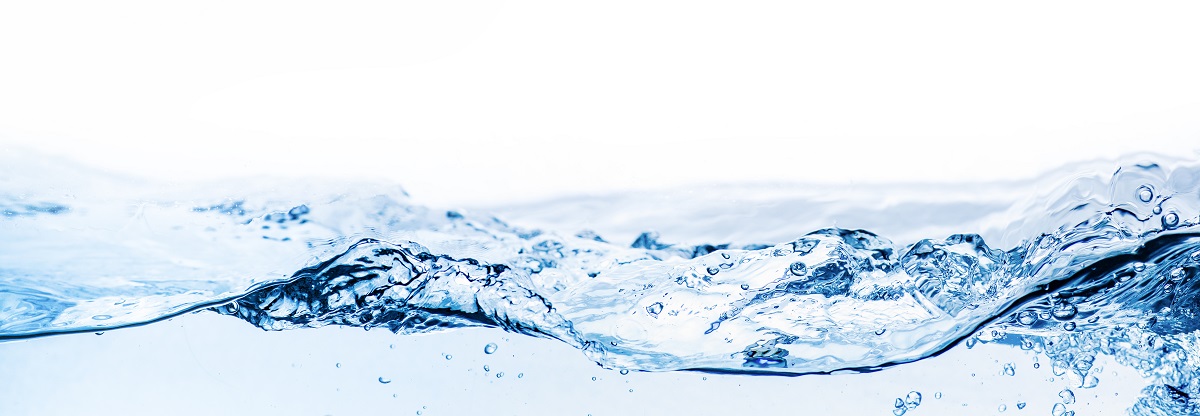How Often Should a Water Softener Regenerate?
Posted by Discount Water Softeners on Apr 29th 2020
HOW OFTEN DO YOU REGENERATE A WATER SOFTENER?

What Is Regeneration of a Water Softener?
The process through which a water softener removes hard water minerals that have been collected by the resin bed is called regeneration. During regeneration, the water softener floods the resin with brine water, cleaning the hardness minerals off the resin and flushing them down the drain.
To regenerate a water softener, salt is added to the tank of the softening system. A salt-water solution called brine is created when water flows into the salt storage area. The brine solution then enters the resin tank, rinsing the beads and exchanging new salt with hard minerals that have been collected. After the brine solution and hard water minerals are emptied down the drain, the resin beads are recharged and ready to once again collect hard water minerals.
When Do You Regenerate a Water Softener?
The frequency of regeneration depends largely on the water hardness level in a home, the number of people in the household, and the tank capacity. This makes correctly sizing your water softener an important first step when considering the purchase of a new system. Help in sizing your softener can be found here: https://www.discountwatersofteners.com/water-softener-sizing/
Water softener regeneration settings are dependent on the type of softening equipment you’ve chosen for your home. Timered water softeners regenerate at a predetermined schedule, regardless of how much water is used. This is not the most effective use of resin, this type of softener is best for applications that have consistent water usage and hardness levels everyday.
A timered softener system is set based on an estimation of the average water usage per day. Regeneration typically occurs in the middle of the night when no water is being used, to avoid a lapse of softened water. If water usage is overestimated, a timered softener will regenerate unnecessarily, wasting water and energy. Or, if too much water is consumed before regeneration, homeowners will need to use hard water until the water softener has completed the cleaning of the resin. For these reasons timered water softeners are really considered an outdated method of regeneration An on-demand or metered softener system will regenerate on its own in relation to the amount of water used. The high-efficiency technology of an on-demand softener, such as this one: https://www.discountwatersofteners.com/water-softeners/genesis-2-premier-upflow-high-efficiency-1-25-water-softener/ monitors water usage and begins the cleaning cycle when the resin is at capacity for hard mineral collection. Regardless of how long a household takes to consume a pre-set volume of water, an on-demand system only regenerates when that amount has been used. This saves money, salt, and water, as well as prevents over or under regeneration of the softener, even when water demands increase or decrease.
Metered softening systems regenerate just before reaching capacity, making them the most efficient and economical choice to eliminate hard water. These systems are reliable, easy to install, and take the guesswork out of soft water supply and demand. On-demand softening will provide an uninterrupted flow of clean and softened water at all times. Both timered and on-demand systems soften water effectively; choosing the right one should be based on your family’s needs.
When a Water Softener Doesn’t Regenerate.
All water softeners require regeneration. In the same way that your tablet, smart phone, or laptop needs to be charged with frequent use, the same is true for your water softener. The more it’s used, the more it needs to recharge. So what happens when your water softener doesn’t regenerate?
There are several reasons a softening system can malfunction. To determine if you have a broken or misconfigured timer causing an insufficient supply of softened water, manually begin a regeneration cycle and retest the hardness level of your water. You may need to add salt or set it to regenerate more frequently. If you reset your system to regenerate daily, and you don’t hear or see it begin its cycle, the timer may need to be replaced.
If your brine tank is not filling or emptying properly, this will also keep your softener from providing softened water. Water is pumped through the bottom of the tank where salt dissolves and brine is sucked into the resin tank for regeneration. When no water flows into the brine tank, softening capacity can’t be restored. A clogged brine line or valve won’t allow for brine to enter the tank. To remove blockages, clean and flush with water.
A normally functioning tank should not fill to the top with water. A tank with water that has risen too high may be low on salt or the injector may need cleaning. A valve stuck in the open position, or a plugged injector can also cause an overfill of your tank. Salt mushing is another cause for improper regeneration of a softener system. Mushing occurs when salt begins to dissolve but then recrystallizes to form a thick layer of sludge at the bottom of the brine tank.
A salt mush that clogs the brine well can cause the water level to rise with each regeneration cycle. Salt mush can usually be dissolved with hot water, or with a broom handle that can break up the salt before it is scooped out.
My Softener Won’t Stop Regenerating
If the resin tank can’t draw brine from the salt tank, your softener may be stuck in regeneration or continue to cycle repeatedly. A motor issue or control issue with the valve could be the cause. Low water pressure is also known to trigger a continuous draining of a water softener. Broken circuit switches or incorrect settings for regeneration can cause errors in regeneration as well.
A well-installed and maintained system can help homeowners avoid many of the complications of water softener ownership. On-demand regeneration is considered more efficient in both salt and water usage; the system only cleans itself when it has used up its softening capacity, instead of on a schedule. But as with any equipment, things can occasionally go wrong. Never leave your water softener to run for hours until it can be repaired. If your softener is not performing, try cleaning and checking for clogs, re-setting controls, and manually backwashing.
A full regeneration cycle should take less than two hours depending on rinse and brine refill. If your softener system is continuously running for over three hours, it’s wasting salt and water and no longer creating softened water. In that case, put your water softener into bypass mode while troubleshooting the problem. Many times, homeowners can restore a system to its proper function without the help of a professional. If in doubt, call an expert to diagnose and perform maintenance on your water softener.

